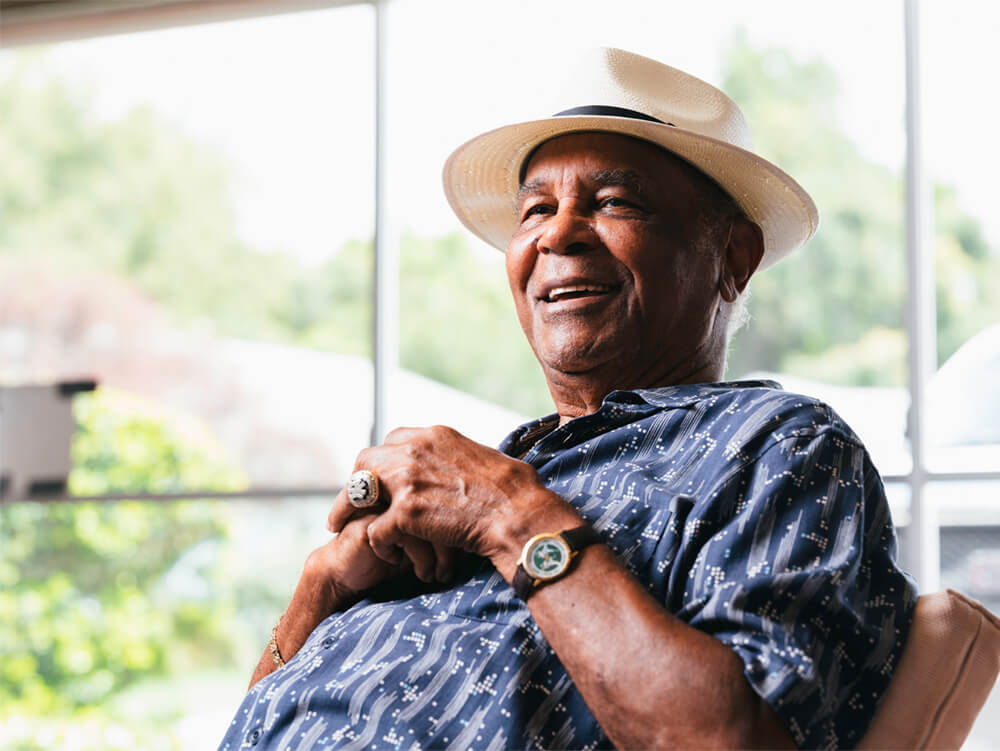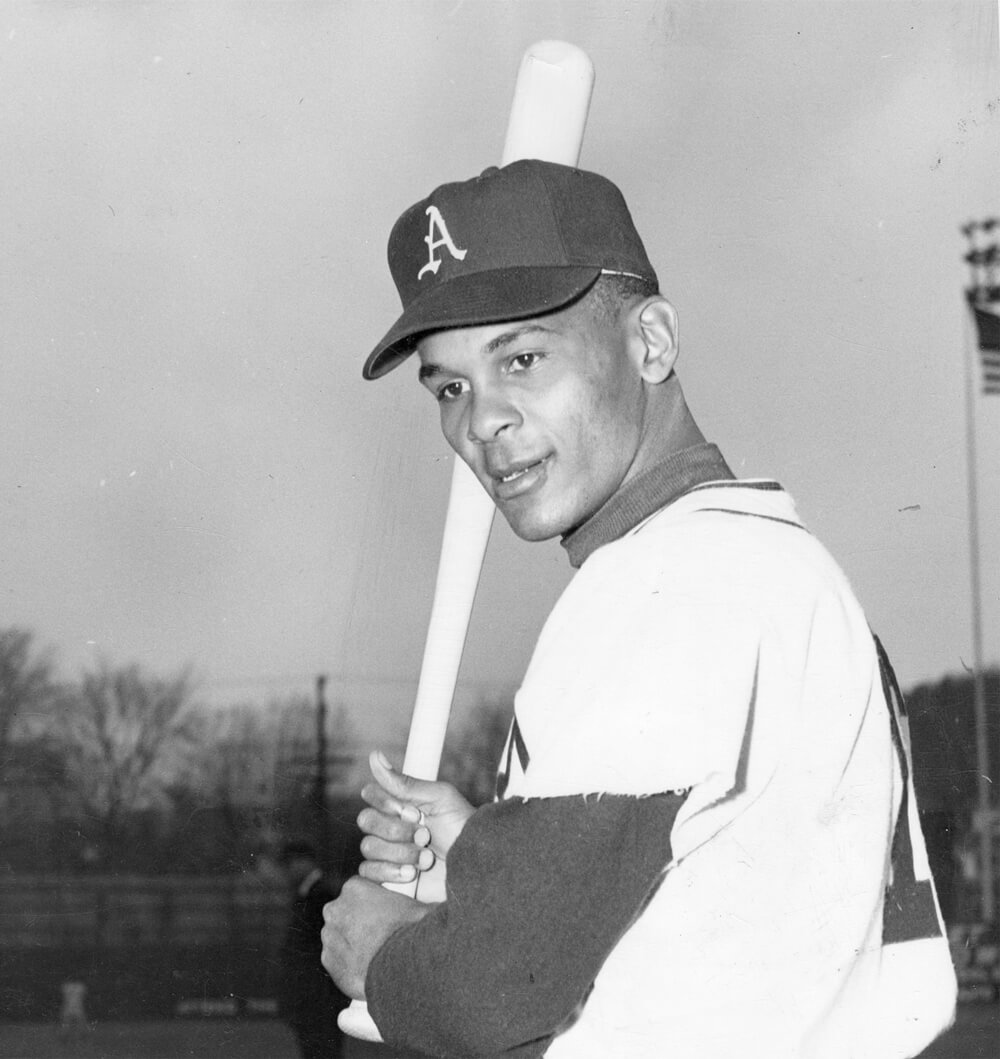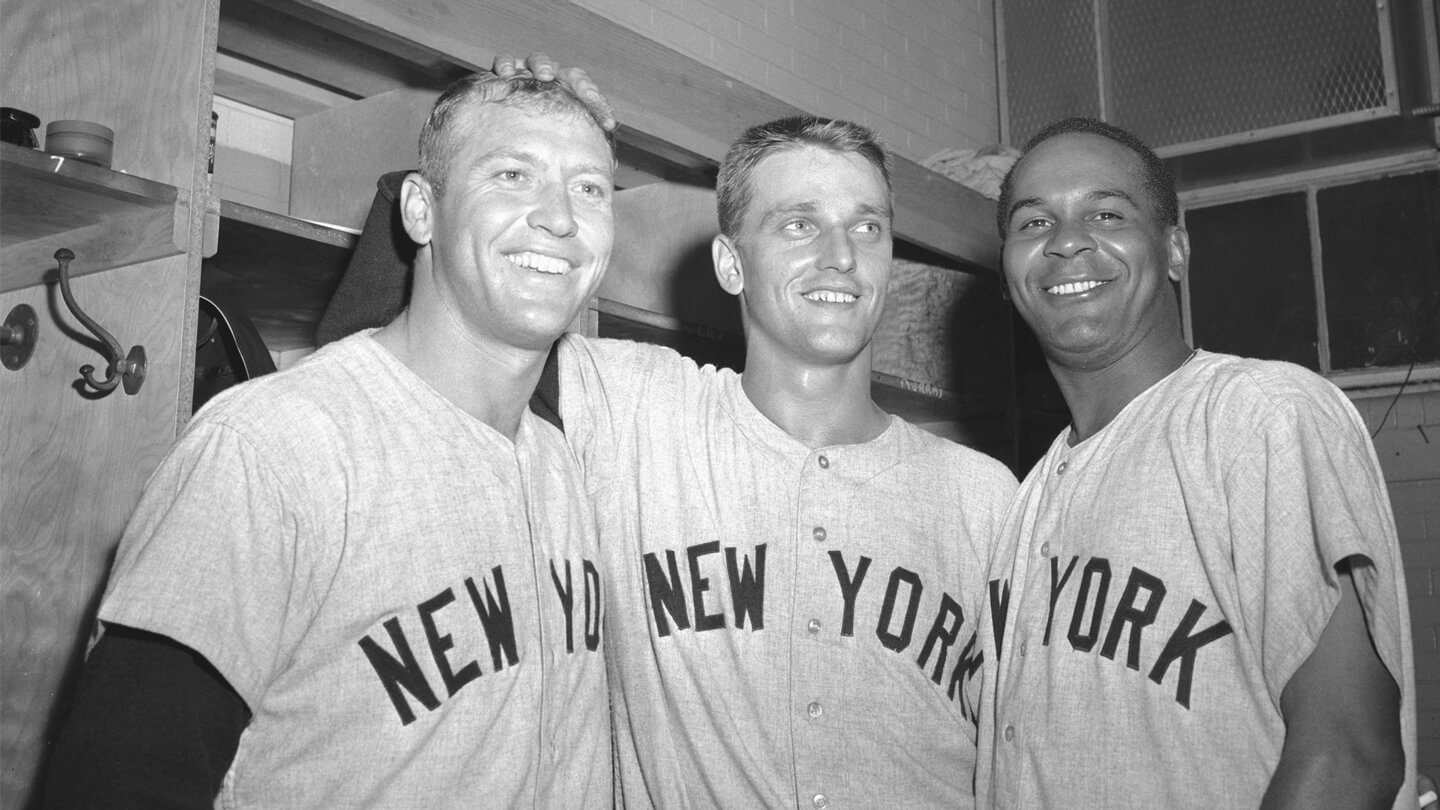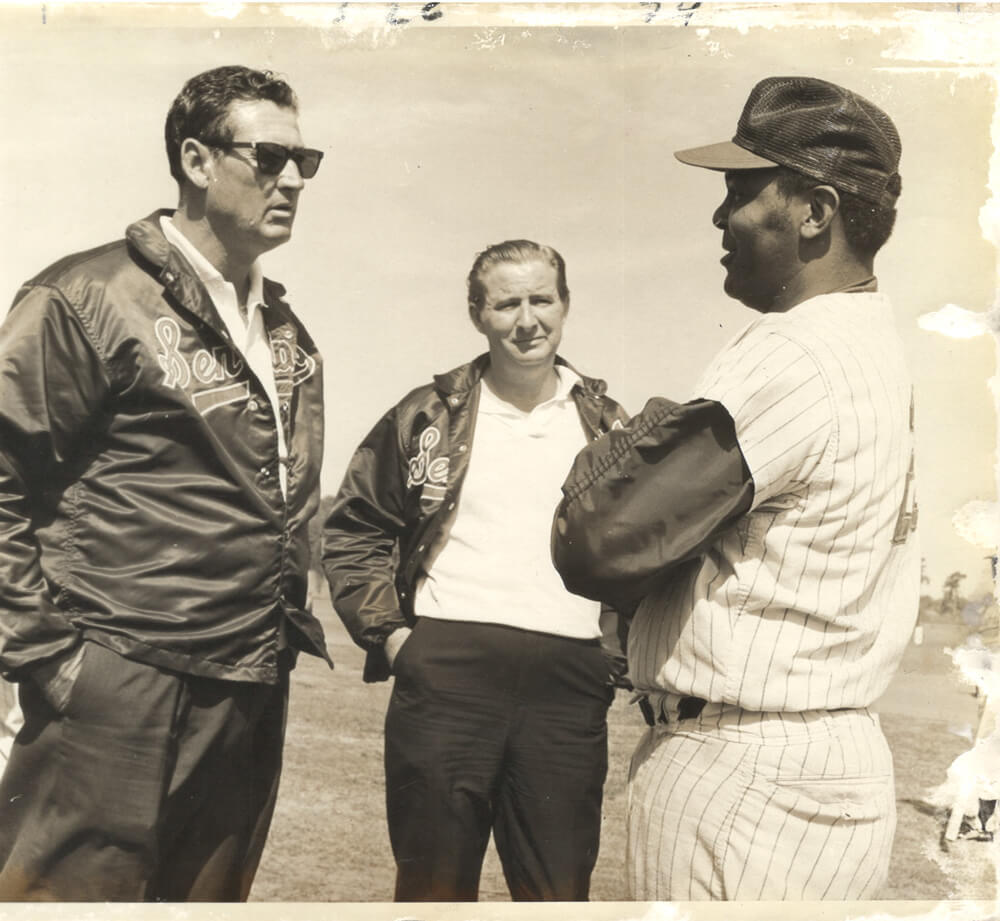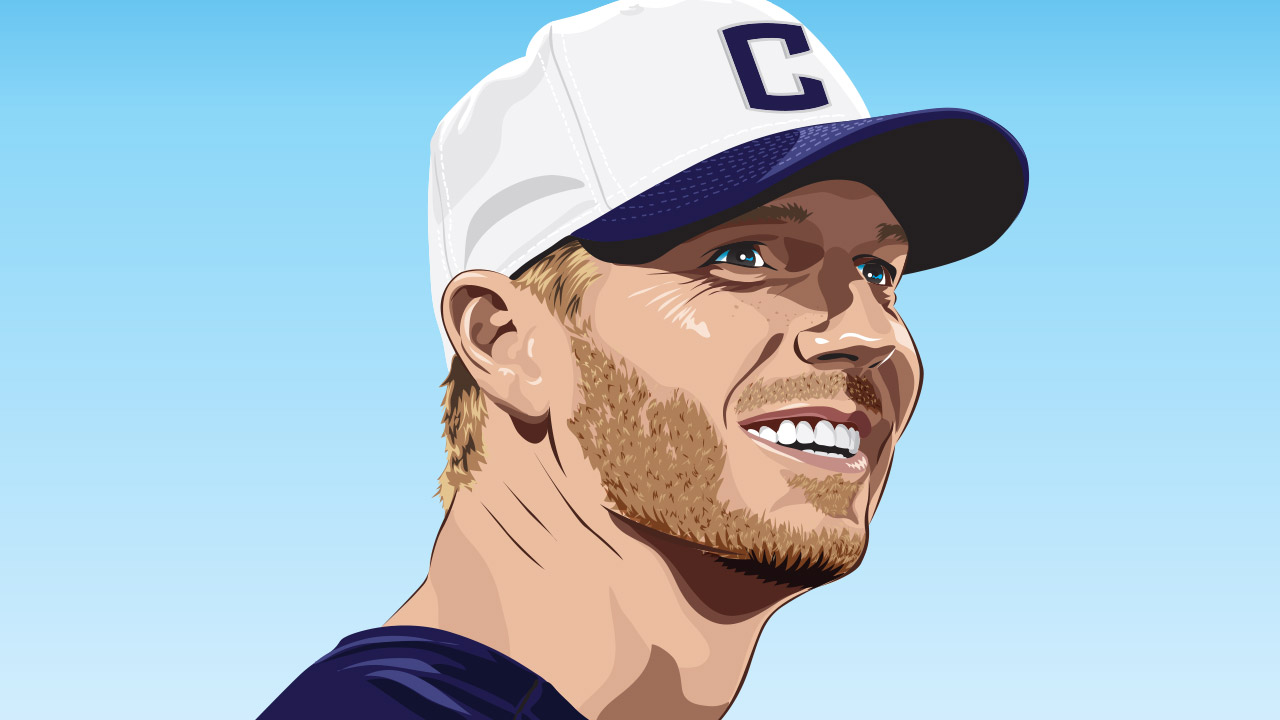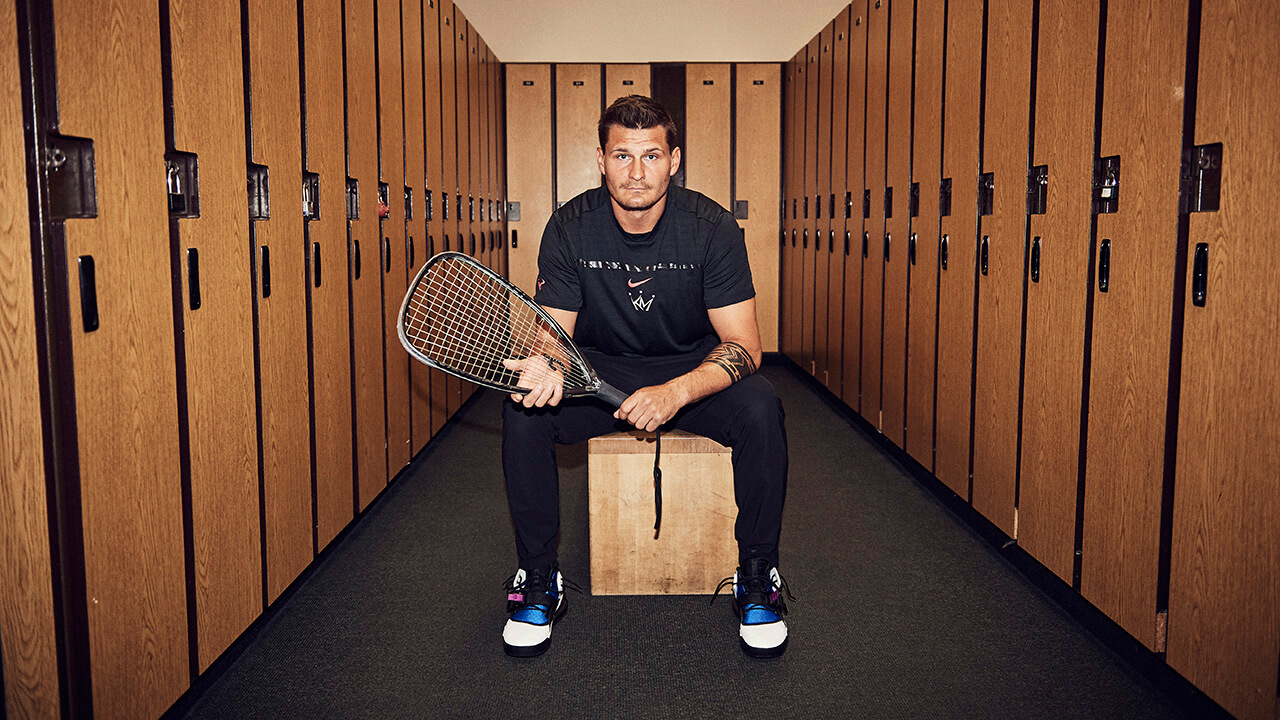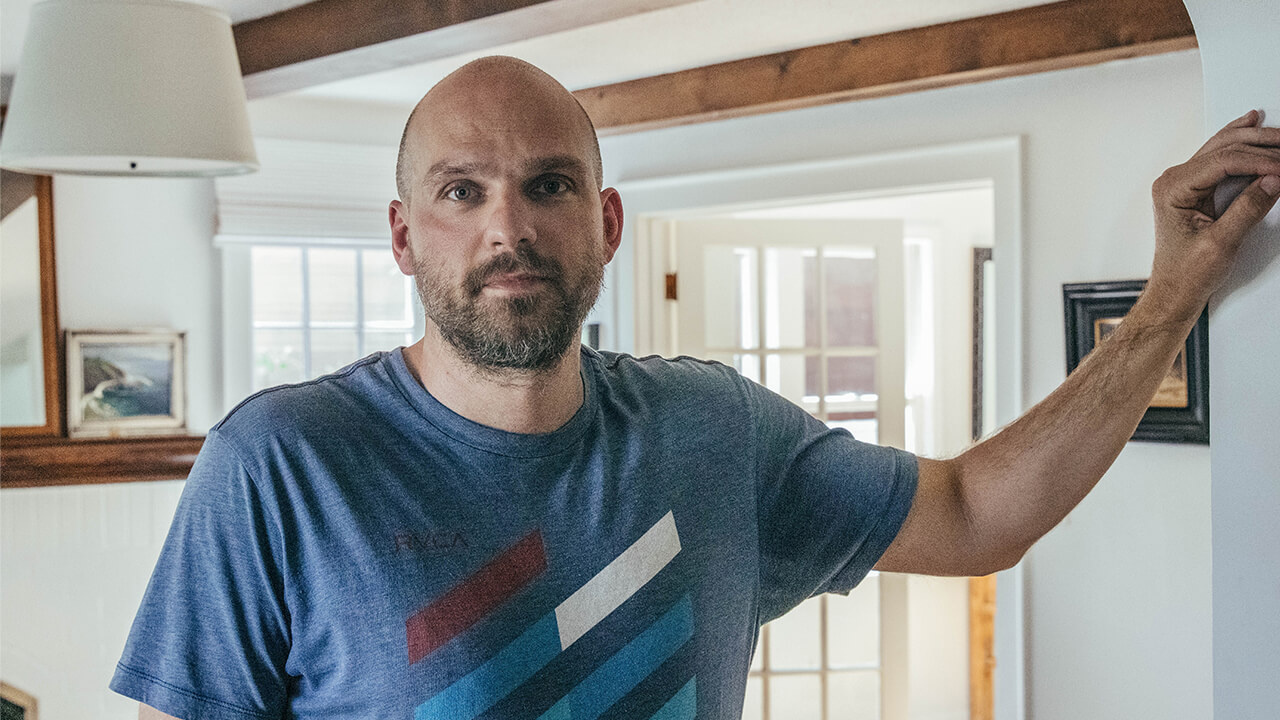In addition to being a decorated pilot in World War II who’d finished his playing days with 521 home runs and a .344 career batting average, Williams was thought of as a man ahead of his time. Part of his Hall of Fame induction speech in 1966 had focused on the plight of black baseball players and a call for renewed respect and recognition, especially for the players in the Negro Leagues. “He was so much more than just a baseball player and a hitter,” says Grieve, who had Williams as a manager for three years in the big leagues. “When you really delve into him, you have to admire what a truly intelligent guy he was.”
Lopez, on the field in his Bisons uniform, gave his answer without so much as a moment’s hesitation — the answer that would bring an end to his days playing the game he’d loved since he was a boy in Colón — unaware of what it would mean for the game of baseball. “Sure,” he told Williams. “I gotta pay rent.”
Not long after that impromptu run-in, Lopez stood at a podium in front of members of the press as Williams and Short introduced him as the first black manager in triple-A history.
“I’m proud to be the first Negro to manage in the International League,” he said at the time.
“This is baseball, the American game; we don’t pick by colour,” Short added.
It was the most attention Lopez’s ground-breaking accomplishment would ever receive — lost in the haze of an expansion year that saw Canada get its first major-league team in Montreal, along with Kansas City, Seattle and San Diego, and drowned out by the rush of attention for Williams’s first season as a major-league manager. Nevertheless, it’s worth underlining just how significant a feat it was: Lopez achieved the position six years before Frank Robinson became the first black manager in Major League Baseball, and only two men of colour had managed in the minor leagues before him: Sam Bankhead, in 1951, and Gene Baker, in 1961, both in the Pirates’ minor-league system.



